There’s something magical about walking into a house and immediately seeing its potential. Maybe it’s the way afternoon light streams through a window, or how a cramped kitchen could become the heart of the home with just the right changes. For many of us, our homes are more than just places to sleep—they’re investments, creative projects, and the backdrop to our daily lives.
Whether you’ve just purchased a property that needs work or you’ve been living in your current home for years and finally feel ready to make those changes you’ve been dreaming about, transforming your space can feel both exciting and overwhelming. The good news? With proper planning, realistic budgeting, and the right approach, you can create a home that truly reflects your lifestyle while adding genuine value to your property.
This guide walks you through the practical side of home transformation—from understanding your options to making smart financial decisions and choosing renovations that actually make sense for your situation.
Understanding Your Property’s Potential
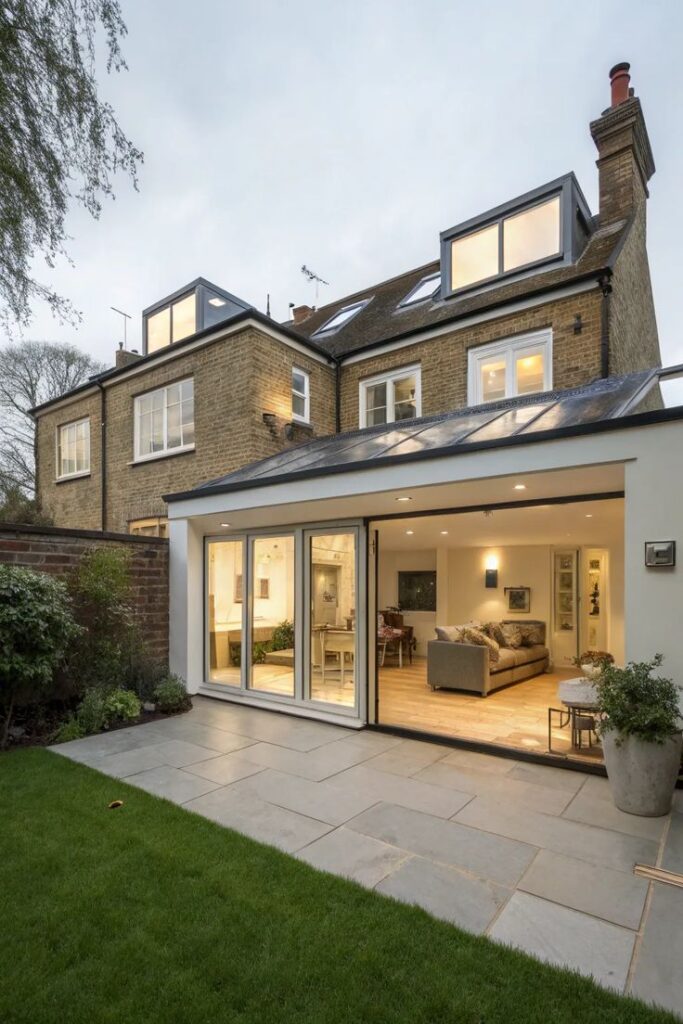
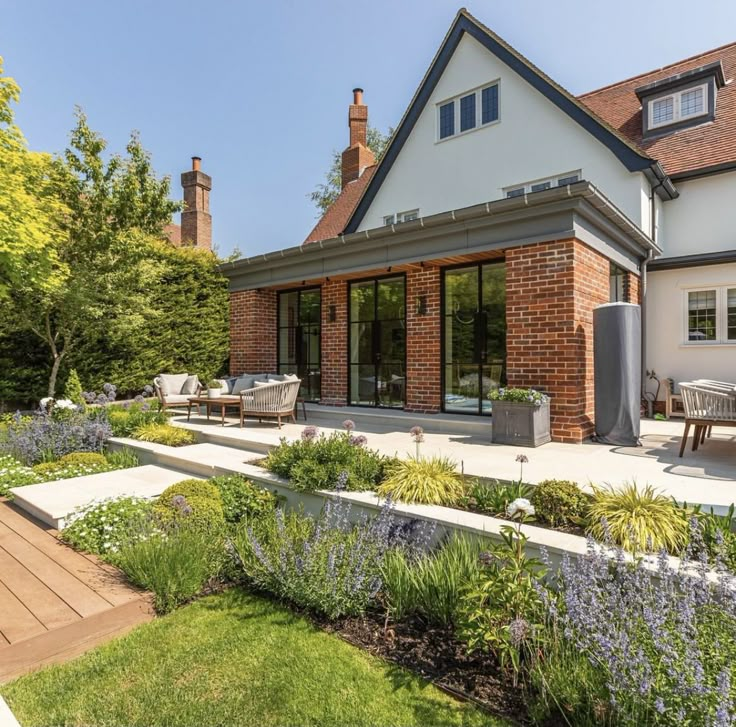
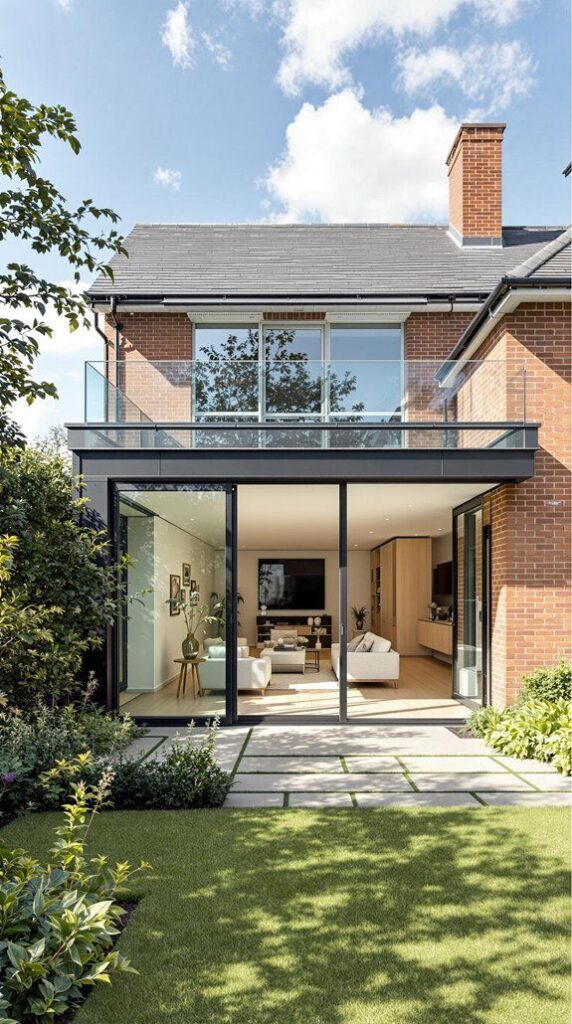
Before you start tearing down walls or browsing Pinterest for inspiration, take time to really assess what you’re working with. Walk through your home with fresh eyes. What frustrates you daily? Which spaces do you avoid? Where does your family naturally gather?
The best renovations solve real problems. That might mean converting a rarely-used formal dining room into a practical home office, or finally addressing that awkward layout that makes furniture placement impossible. Start by identifying what’s not working rather than jumping straight to aesthetic wishes.
Consider your home’s bones too. Older properties often have character features worth preserving—original hardwood floors, high ceilings, or architectural details that give a house personality. Newer homes might offer flexibility with open floor plans that can be customized. Understanding what you have helps you make informed decisions about what to change and what to keep.
Think about your neighborhood as well. If you’re in an area where most homes have four bedrooms and yours has three, adding a bedroom could be a smart investment. On the flip side, if every house on your street has been renovated except yours, even modest updates could significantly boost your property’s appeal and value.
Making Your Vision Financially Possible
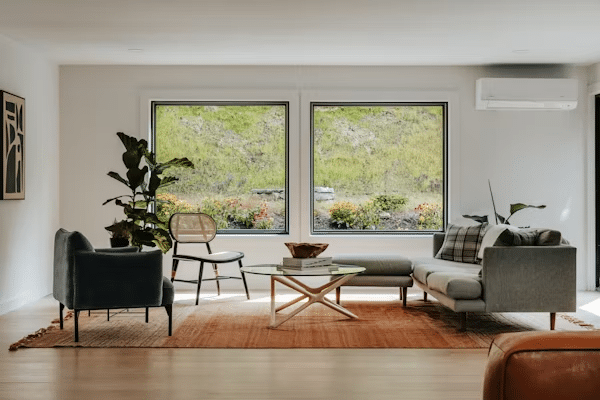
Here’s where dream meets reality. Most significant home improvements require capital, and unless you’ve been saving specifically for renovations, you’ll probably need to explore financing options.
Traditional savings accounts work great for smaller projects—repainting rooms, updating fixtures, or landscaping improvements. But when you’re looking at major renovations that cost tens of thousands of dollars, you need a different approach.
Some homeowners consider refinancing their mortgage to access equity, though this means committing to a longer repayment period and potentially different interest rates. Others look at personal loans, which can work for mid-range projects but often come with higher interest rates than secured loans.
For property investors or those with time-sensitive opportunities—maybe you’ve found the perfect fixer-upper at auction, or you need to complete renovations before a tenant moves in—quick property loans for urgent needs can bridge the gap between opportunity and execution. These financing solutions are designed specifically for property-related projects where traditional lending timelines don’t align with your needs.
The key is matching your financing to your project’s scope and timeline. A bathroom renovation you’re planning for next year? You might save up for it. A structural issue that needs immediate attention? That’s where faster financing options become valuable.
Whatever route you choose, get clear on the total cost before you commit. Renovations almost always cost more than initial estimates—budget for at least 15-20% contingency. That extra cushion prevents the stress of running out of money mid-project and having to live with half-finished work.
Choosing Renovations That Actually Matter

Not all renovations are created equal. Some add genuine value to your property and improve your daily life. Others are expensive indulgences that you’ll never recoup when you sell.
Kitchens and bathrooms consistently rank as the renovations that deliver the best return on investment. These are the spaces people use multiple times daily, and they’re often the deciding factor when potential buyers walk through a property. A dated kitchen can make an entire house feel old, while a fresh, functional bathroom suggests the property has been well-maintained.
That doesn’t mean you need marble countertops and designer fixtures. The sweet spot is usually mid-range quality that looks good and functions well. Think solid cabinetry with soft-close drawers, durable stone or quality laminate countertops, and reliable appliances with modern features. You’re aiming for “wow, this is nice” not “wow, this must have cost a fortune.”
Outdoor spaces have become increasingly important, especially in recent years as people spend more time at home. A deck or patio that extends your living space, good landscaping that makes your property inviting, or even simple improvements like outdoor lighting can significantly boost appeal. These projects often cost less than interior renovations while delivering strong visual impact.
Energy efficiency upgrades might not be glamorous, but they sell. Better insulation, double-glazed windows, solar panels, or updated HVAC systems lower running costs and appeal to environmentally-conscious buyers. Plus, you benefit from reduced energy bills while you’re living there.
The Power of Adding Space

Sometimes the issue isn’t what you have—it’s that you don’t have enough of it. Growing families run out of bedrooms. Home workers need dedicated office space. Or maybe you’ve accumulated belongings over the years and your storage situation has become untenable.
Adding space to your existing property can be transformative, and it’s often more cost-effective than moving to a larger home when you factor in real estate fees, stamp duty, and moving costs.
Extensions come in many forms. You might add a second story, which maximizes your existing footprint without sacrificing yard space. Ground-floor additions can create new living areas while maintaining your home’s character. Converting existing spaces like garages, attics, or underutilized basements brings new functionality to square footage you’re already paying for.
For residents in regional areas, working with builders who understand local conditions makes a huge difference. Climate considerations, council regulations, and design aesthetics that suit the area all matter. If you’re exploring options for home extensions, Launceston builders bring specific knowledge about what works in Tasmania’s unique environment—from weather-resistant materials to designs that complement the area’s architectural heritage.
The beauty of a well-planned extension is that it doesn’t just add space; it can improve your home’s entire flow. A cramped house with a smart addition can suddenly feel open and purposeful. That awkward layout that never quite worked? An extension gives you the chance to reconfigure spaces so they actually make sense for how you live.
Before committing to an extension, check your local council’s requirements. Some areas have strict rules about setbacks, height limits, or heritage considerations. Getting this information early prevents expensive surprises later. Many councils offer free pre-lodgment meetings where you can discuss your plans and get preliminary feedback.
Also consider the impact on your neighbors. Yes, you have the right to improve your property, but maintaining good relationships with the people next door makes the entire process smoother. A quick conversation explaining your plans goes a long way toward preventing complaints or objections.
Managing the Renovation Process Without Losing Your Mind
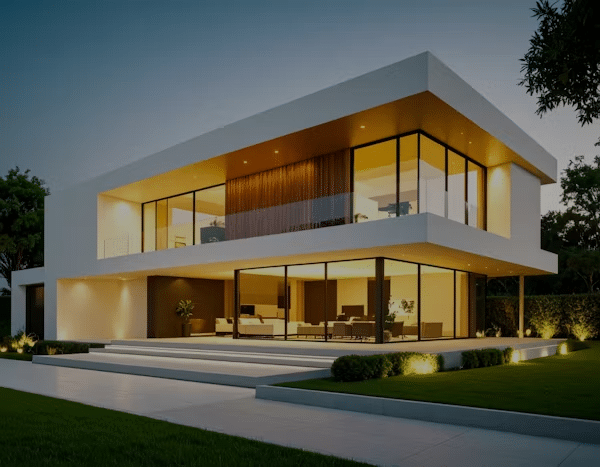
Even the most well-planned renovation will have challenging moments. Understanding this upfront helps you stay sane when inevitable hiccups occur.
Choose your contractors carefully. The cheapest quote isn’t always the best value. Look for builders with solid references, proper insurance, and realistic timelines. Check their previous work if possible. A skilled professional who charges more but delivers quality work on time will save you money and stress compared to someone who underquotes then overruns.
Communication is everything. Establish how you’ll stay in touch with your builder—weekly catch-ups, a WhatsApp group, or daily site visits. Make sure you understand the process for any changes or additions. Everything should be documented. Verbal agreements lead to confusion and disputes.
Prepare for disruption. If you’re living through a renovation, life will be messy and inconvenient. Set up a temporary kitchen if your real one is being worked on. Create a clean space where you can retreat from the dust and chaos. Keep realistic expectations about timelines—weather, supply delays, and unexpected issues can all push completion dates.
Document everything with photos, especially before walls close up. This helps with insurance claims, future renovations, or if issues emerge later and you need to see what’s behind the plasterboard.
The Long-Term View
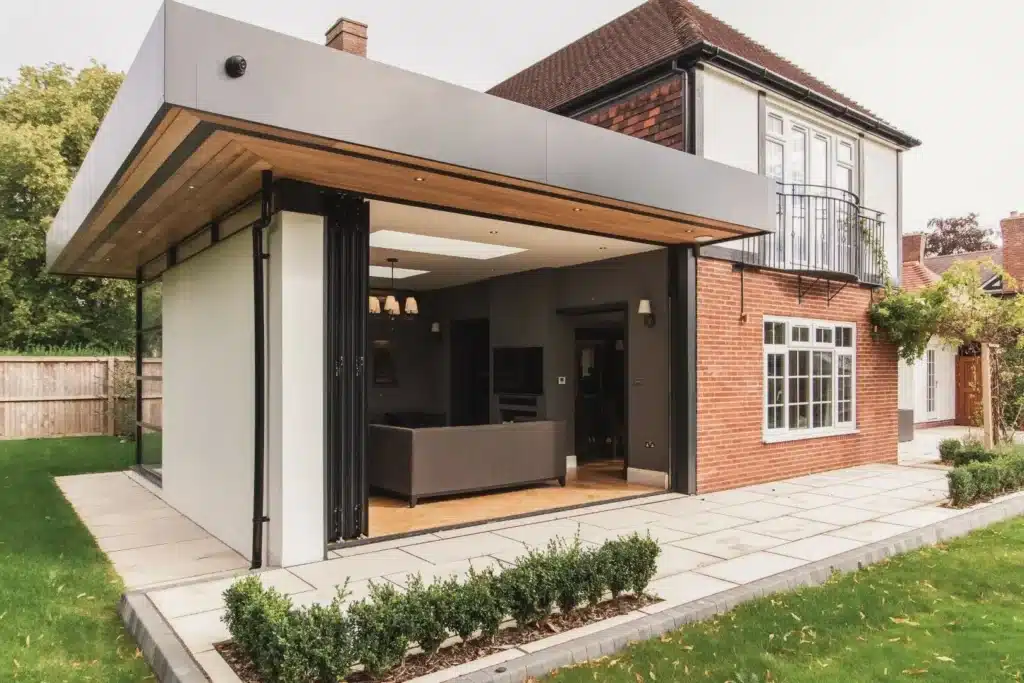
Home improvements aren’t just about creating a beautiful space right now. They’re about investing in your future comfort and your property’s long-term value.
Think about how your needs might change. If you’re planning to start a family, that spare bedroom’s nursery potential matters. If you’re approaching retirement, consider accessibility features that will let you age in place comfortably. If you work from home regularly, dedicated office space isn’t a luxury—it’s essential for productivity and work-life boundaries.
Quality matters more than trends. That ultra-trendy color scheme might feel dated in five years, but good bones—solid construction, proper insulation, quality fixtures—remain valuable indefinitely. Aim for classic design elements you can personalize with accessories and furnishings, rather than making permanent changes that are highly specific to current fashion.
Maintenance should be part of your renovation thinking too. Some materials require regular upkeep while others are practically indestructible. Consider your lifestyle and realistic maintenance commitment. If you’re busy and don’t enjoy home maintenance, choose durable, low-maintenance options even if they cost slightly more upfront.
Bringing It All Together

Transforming your property—whether through strategic renovations, smart financing decisions, or thoughtful additions—is one of the most rewarding investments you can make. Unlike shares or other financial investments, you get to live in and enjoy your investment every single day.
Success comes down to planning carefully, choosing improvements that align with both your needs and market realities, financing smartly, and working with skilled professionals who understand your vision. The process might test your patience at times, but the result—a home that truly works for your life while building equity—makes it worthwhile.
Start with a clear vision of what you want to achieve. Research your options thoroughly. Get multiple quotes and don’t rush decisions. And remember that some of the best renovations aren’t the flashiest ones—they’re the improvements that solve everyday frustrations and make your daily life noticeably better.
Your home should work for you, not the other way around. Whether that means adding space, updating finishes, improving functionality, or all of the above, taking control of your property’s potential puts you in the driver’s seat. With the right approach, you can create a space that genuinely reflects how you want to live, while making a sound financial investment in your future.
- 0shares
- Facebook0
- Pinterest0
- Twitter0


